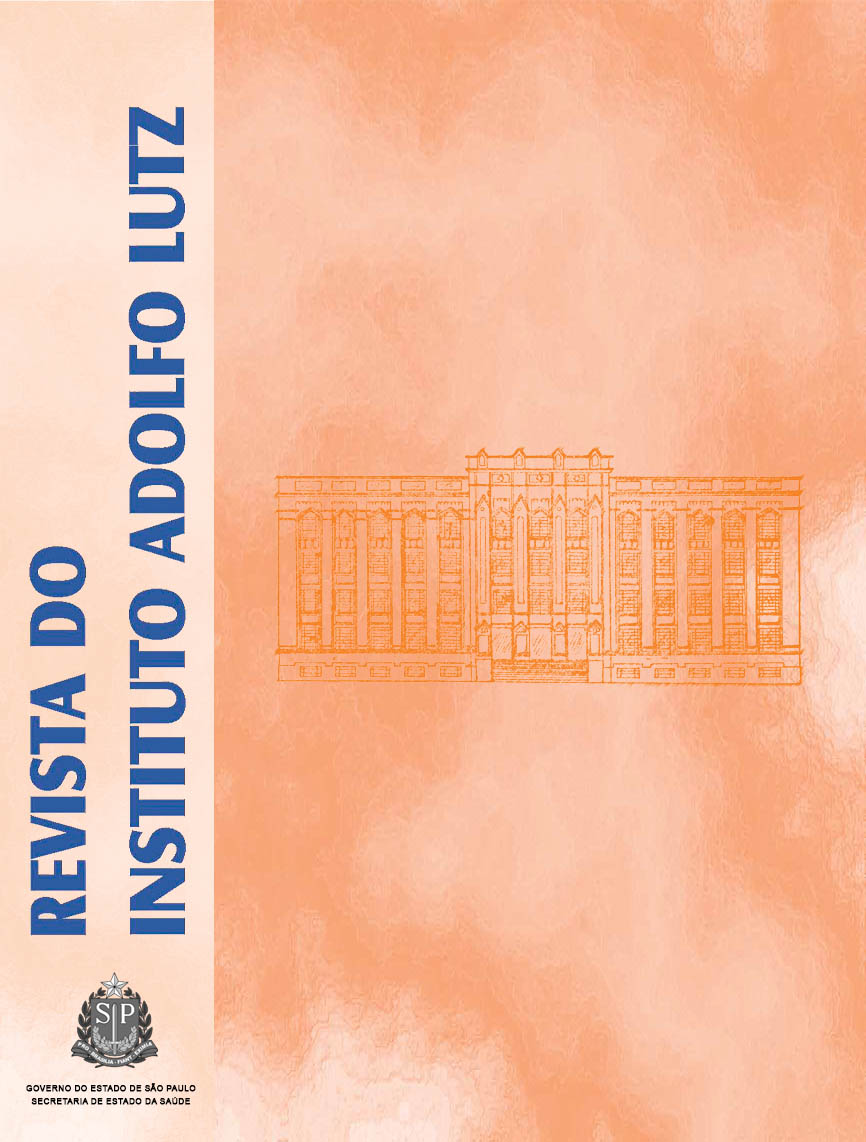Abstract
Taking into account the difficulties in diagnosing the human T-cell lymphotropic virus type 1 and type 2 (HTLV-1 and HTLV-2) in Instituto Adolfo Lutz of São Paulo, the present study was conducted aiming at evaluating the cut-off values of screening enzyme immunoassays (EIAs) and the tests algorithms, emphasizing the use of polymerase chain reaction (PCR) as confirmatory assay. Of 3,271 blood samples routinely analyzed from 1998 to 2010: (a) 2,312 serum samples (1998-2006) were assessed for the best cut-off value by using the receiving operating characteristics analyses (ROC); (b) 313 blood samples (2009) were tested following the algorithm which employs two sequential blood collection, and (c) 73/959 blood samples (2007-2010) showing reactive results on screening testing were employed for comparative analysis of serologic (Western blot - WB) and molecular confirmatory assays [PCR (tax and pol) and real time PCR (pol)]. The PCRs were optimized using the cells lines infected with HTLV-1 (C91-PL) and HTLV-2 (BBF), and the human albumin gene. The ROC analysis showed that an adjustment of the cut-off value in the third generation EIAs increased their specificity in 7.8%. The use of the sequential blood collection algorithm for serological diagnosis was completely inefficient and a unique blood collection in an anticoagulant-containing tube seems to be the most appropriate. The WB confirmatory assay resulted to be more sensitive (90.56%) than the standard PCRs (77.36%) and the real-time PCR (79.25%), probably owing to the low HTLV-1 and HTLV-2 proviral load in asymptomatic carriers’ blood. However, the PCRs were able in elucidating the samples with indeterminate WB profile, thereby standing the serologic and molecular assays as complementary tests. In conclusion, because of the low cost, rapidity, reliability and easiness to perform, the real-time PCR could be used as the first confirmatory assay for performing the HTLV-1 and HTLV-2 diagnosis, followed by the WB technique.
This work is licensed under a Creative Commons Attribution 4.0 International License.
Copyright (c) 2010 Instituto Adolfo Lutz Journal
Downloads
Download data is not yet available.
